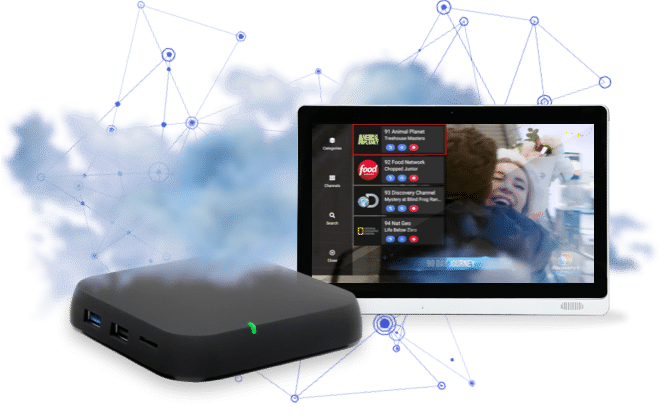Multilingual streaming options have expanded dramatically in recent years, creating unprecedented access to global content for viewers worldwide. Once limited to satellite systems with expensive equipment, international channels stream directly to standard devices through internet protocols. Language-specific programming continues to grow as streaming technologies remove traditional broadcasting boundaries and regional limitations. These developments create value for expatriates, language learners, and international content enthusiasts seeking authentic programming.
A multi-regional iptv provider typically offers channel packages from multiple countries and regions, often organized by language or geographical origin. These international offerings vary significantly between services, with some specializing in specific areas while others provide broader global coverage across dozens of languages.
Extraordinary content
- 24-hour news channels in multiple language options
- International sports coverage with native-language commentary
- Educational programming for language learners at various proficiency levels
- Children’s content designed for multilingual development
- Cultural programming highlighting traditional arts and customs
These specialized content categories address specific needs beyond general entertainment, creating value for viewers with particular interests or educational goals. Language-specific news coverage offers perspectives often absent from domestic reporting, while international sports broadcasts feature competitions rarely highlighted in mainstream markets.
Original content vs. dubbed versions
- Original productions explicitly created for language markets
- Professional dubbing with full voice actor casts
- Subtitled content with original language audio
- Multi-audio options allowing viewer selection
- Voice-over translations preserving some original audio
Content presentation varies significantly across languages and providers, with different approaches to translation and adaptation. High-quality dubbing requires substantial investment but creates more immersive experiences for viewers uncomfortable with subtitles. This option proves particularly important for children’s programming, where reading ability might limit subtitle effectiveness.
Subtitle quality varies dramatically between services, with premium providers offering professionally translated captions that capture cultural nuances and idiomatic expressions. Advanced systems allow customisation of subtitle appearance, including font size, contrast, and positioning, to accommodate different viewing environments and personal preferences.
Finding content across language barriers
Search functionality with multilingual support enables content discovery regardless of the alphabet or character system. Advanced services implement cross-language searching that finds relevant content even when queries use translated terms rather than original titles. These sophisticated systems help viewers discover content they might otherwise miss due to language differences.
Recommendation algorithms that account for language preferences help surface relevant content without linguistic barriers. These systems identify viewing patterns across language boundaries, suggesting content in various languages based on genre preferences rather than just language history. The approach helps viewers discover international content that matches their interests regardless of origin.
Specialized hardware considerations
- Keyboard compatibility for non-Latin alphabets becomes important for viewers regularly searching for content in languages using different writing systems. Virtual keyboard options and remote control adaptations help address these challenges without requiring specialised equipment. Mobile companion apps often provide more flexible input options than standard remote controls for these language needs.
- Font display capabilities affect readability for languages with non-standard characters or reading directions. High-quality services ensure proper rendering of all supported languages without character substitution or alignment problems that might affect comprehension. These technical considerations become particularly important for languages with complex character sets or right-to-left reading orientation.
Multilingual IPTV services create valuable connections to language and culture for diverse viewers worldwide. The technology continues evolving to address linguistic diversity through expanded content libraries and improved technical support for global language needs.







